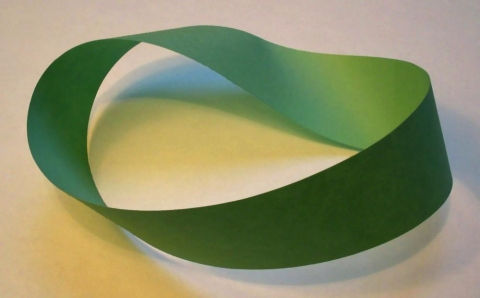CAMBRIDGE, MA – Keeping with the university’s commitment to fostering inclusive social environments, the Harvard Department of Mathematics published a full classification of safe spaces today.
“The manifold spaces detailed in this work represent the product of months of tireless study by our devoted faculty,” said Professor Peter Kronheimer, the chair of the department. “The theory of safe spaces is now hitting its prime, and this classification should be an integral resource for those wishing to work with such spaces in the future.”
The classification, which details over 200 different safe spaces, differentiates them by their properties along different “axes,” a term which the math department recently picked up from activist literature. Such properties include whether a space preserves an identity, respects the limits of its members, or is sufficiently intersectional. A safe space must also have carefully chosen boundaries, limits, and norms. One familiar safe space is the Möbius strip, as it is impossible to impose a preferred orientation upon it.
“The completion of this classification was one of the most complex tasks of my career,” said Professor Noam Elkies, who directed the project. “The conditions for a safe space are highly non-trivial. We had to ensure that each space had equal representations of homomorphisms, heteromorphisms, and even bimorphisms. The fact that many safe spaces exist under these constraints is truly remarkable.”
As of press time, Harvard's Studies of Women, Gender, and Sexuality concentrators were seen frantically poring over a precalculus textbook in an effort to understand the publication.



